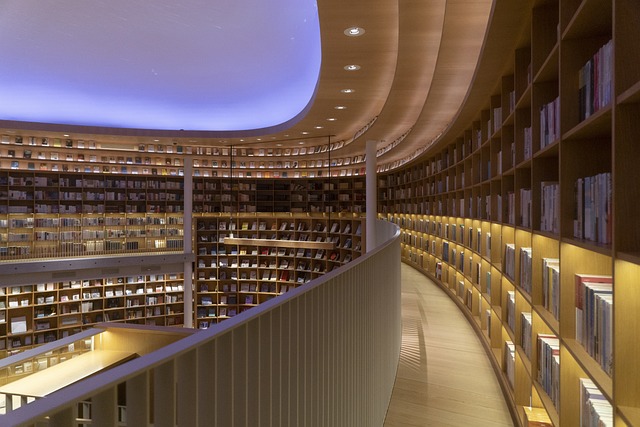Redefining University Spaces: Innovations in Lecture Hall Design
In the ever-evolving landscape of education, the lecture hall design has emerged as a canvas for creativity and innovation. These traditional spaces are no longer merely functional rooms filled with rows of rigid desks and a solitary podium at the front. Instead, they are being transformed into dynamic environments that reflect the intersection of art and design, fostering more engaging learning experiences for students.
Imagine entering a lecture hall where the walls are adorned with vibrant murals, aesthetically pleasing acoustics resonate with the voices of thoughtful discourse, and flexible seating arrangements encourage collaboration. Such spaces do not just serve as venues for lectures; they are thoughtfully designed environments that inspire a sense of community and creativity. The right lecture hall design can invigorate the educational experience, enhancing student engagement and participation.
The Influence of Art in Education
Art plays a pivotal role in the design of modern lecture halls. By integrating artistic elements into the architecture, universities can create spaces that stimulate the senses and elevate the learning atmosphere. Large-scale artworks, interactive installations, and environmental graphics can transform educational facilities into immersive experiences, encouraging students to view learning not just as a task but as an art form.
For instance, reflective surfaces and dramatic lighting can make a lecture hall feel less intimidating, promoting a more open dialogue between students and professors. By embracing artistic design, these spaces can break down barriers, fostering a collaborative spirit that transcends traditional hierarchies in academia.
Design as a Tool for Engagement
Innovative lecture hall design focuses on creating adaptable spaces that cater to diverse teaching methods and learning styles. Modular furniture allows for quick reconfiguration, accommodating group work, panel discussions, or traditional lectures with ease. Ergonomic seating and thoughtful acoustics enhance comfort and sound quality, ensuring that every student can engage with the material presented.
Moreover, technology seamlessly integrated into these contemporary designs—such as interactive screens, wireless charging stations, and advanced audio-visual systems—offers students the tools they need to fully participate. Such innovations in design do not just serve to elevate the learning experience; they acknowledge and address the changing needs of today’s learners.
A Vision for Future Learning Environments
As universities continue to evolve, it is crucial that lecture hall design keeps pace with the demands of modern education. These spaces should not be seen as static, but rather as dynamic platforms for exploration and creativity. By prioritizing both artistry and functionality, institutions can create environments that inspire curiosity and collaboration, preparing students to thrive in a rapidly changing world.
Ultimately, the reimagined lecture hall is a reflection of a broader cultural shift within educational spaces. As we continue to innovate in our approach to learning environments, we embrace the idea that education is an art form, one that encompasses design, collaboration, and creativity. Each lecture hall designed with intention can contribute to a richer, more engaging educational landscape for students and educators alike.




